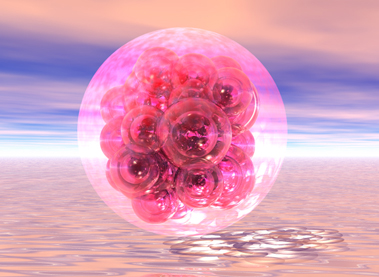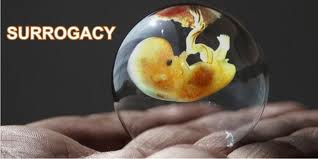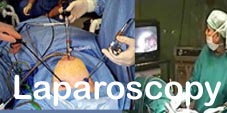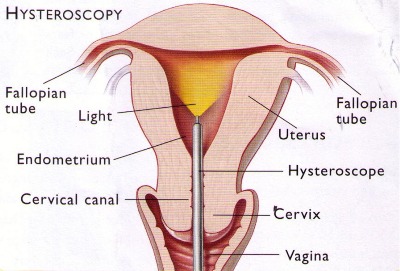| |
|
|
| |
IUI(Intra Uterine Insemination) |
|
 |
Intra uterine insemination (IUI) involves the extraction of a semen sample from the male partner or a donor, which is directly injected into the uterine cavity around the time of ovulation.  |
|
| |
|
|
| |
IVF- (Invitro fertilization) |
|
 |
Invitro fertilization refers to a procedure where the woman's eggs are removed and fertilized with the man's sperm outside the body, in a laboratory.becomes pregnancy. |
|
| |
|
|
| |
Intracyto Plasmic Sperm Injection(ICSI) |
|
 |
ICSI stands for intra cytoplasmic sperm injection. In normal IVF, many sperm are placed together with an egg, in hopes that one of the sperm will enter and fertilize the egg. With ICSI, the embryologist takes a single sperm and injects it directly into an egg. ICSI is used in cases of severe male infertility, including low sperm count ,abnormally shaped sperm , Poor sperm movement.  |
|
| |
|
|
| |
DE(Donor Egg) |
|
 |
When the woman is unable to produce an egg for various reasons, she can have an egg donated from a healthy person. This treatment is called Donor egg, in which husbands sperms are used to fertilize in the lab. |
|
| |
|
|
| |
Embryo Donation |
|
 |
An alternative to egg donation in some couples, especially those in whom the male partner cannot provide viable sperm, is embryo donation, sometimes called ”Embryo adoption” . Embryo donation is the donation of embryos remaining after one couple’s IVF treatments have been completed, to another individual or couple, followed by the placement of those embryos into the recipient woman’s uterus, to facilitate pregnancy and childbirth. |
|
| |
|
|
| |
DS(Donor Sperm) |
|
 |
Donated sperm from healthy men, which are stored as frozen sperms in donor sperm bank can be used for insemination to produce a successful pregnancy Donor sperms are used when all the treatment fails to produce healthy sperms. |
|
| |
|
|
| |
Surrogacy |
|
 |
When a women has unhealthy or absent uterus, she may not be able to conceive.The couple can have a baby if a healthy woman volunteers to carry their baby for 9 months after IVF and is called surrogacy. |
|
| |
|
|
| |
Laparoscopy |
|
 |
Laparoscopy is done for assessing the health of woman’s pelvis and the patency of the fallopian tubes .At laparoscopy a direct view of the pelvis is obtained by inserting a telescope into the abdomen. When the pelvis and tubes are healthy, dye passes freely through both tubes. There should be no adhesions present that might prevent an egg from having access to either tube from the ovaries. |
|
| |
|
|
| |
Embroyo Freezing |
|
 |
During IVF/ICSI often several embryos are obtained. Vitrification is used to freeze the embryos, so that, they can be used for later cycles if required. |
|
| |
|
|
| |
Hysteroscopy |
|
 |
A hysteroscope is a fiber optic telescope. Some hysteroscopes are “rigid” and straight. Others hysteroscopes are semi-flexible. The hysteroscope contains several channels all with a specific purpose. In addition to the “optic” channel that allows the doctor to see inside the uterus, one channel carries a fiber optic light in order to see inside the ordinarily dark uterus. One channel allows the introduction of fluid or gas to hold open the uterine walls and another channel is to allow the fluid back out again. Some hysteroscopes have an additional “operative” channel that allows the doctor to introduce instruments to do various tasks inside the uterus. |
|
| |
|
|
| |
Reproductive Endoscopic Surgery including Fallopian Tube Recanalizatio |
|
 |
The Center has surgeons highly skilled in performing advanced reproductive surgery. This includes
- Removal of ovarian cysts and endometriosis
- Division of adhesions
- Tubal and uterine surgery
- Removal of ectopic pregnancies
- Reversal of male and female sterilisation
|
|
| |
|
|
| |
Counseling |
|
 |
As per the draft ART guidelines of ICMR, Our Fertility Centres has on board a professional Counsellors with a degree in Psychology. |
|

